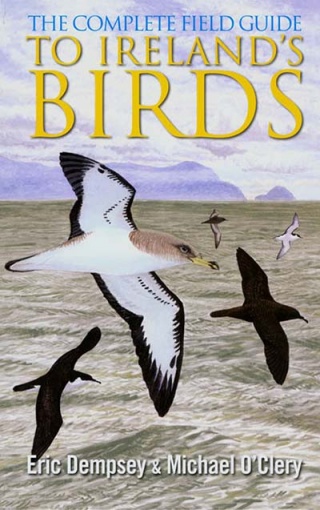Special Area of Conservation
Overview
The Bay extends from Portmarnock Village over to the west pier in Howth. The majority of the bay is protected by the sand dune systems to the south (Sutton Golf Club – Cush Point) and to the north by the dune systems of the Velvet strand (Portmarnock Golf Club – Portmarnock Point). Two rivers, the Sluice River to the west and the Mayne River to the south feed sediment into the bay.
Wildbirds
Baldoyle Bay is a Special Protection Area for birds. Large flocks of a Light Bellied Brent Geese overwinter on the Bay. This bird which arrives in October then returns to its breeding grounds in high Arctic Canada in April. Large flocks of Golden Plover and b Bar Tailed Godwit are of international importance. It is a nationally important site for Shellduck, Pintail, Grey Plover and Ringed Plover. In recent years Little Egret with its spectacular white plumage has become a common sight throughout the estuary.
Habitats
There are four major habitats in the bay namely – Tidal Mudflats and Sandflats. These are areas not covered by seawater at low tide. They are mostly sands but include areas of mud in the inner areas of the bay. Lugworm is found in the sandy areas. It is used as bait by anglers who are often observed digging for the bait as low tide.
In the estuarine sandy muds worms such as Pygospio elegans and Tubificoides benedii are present. Salicornia Mud. Glasswort (Salicornia europea) is a common plant found in this area. It is used in cooking where it is known as Samphire and was formerly used for the production of soda ash which was then used in glassmaking.











